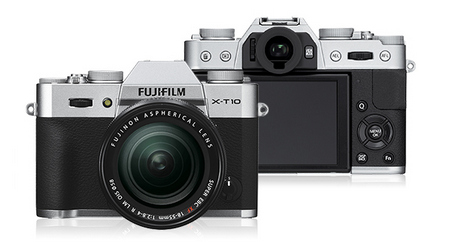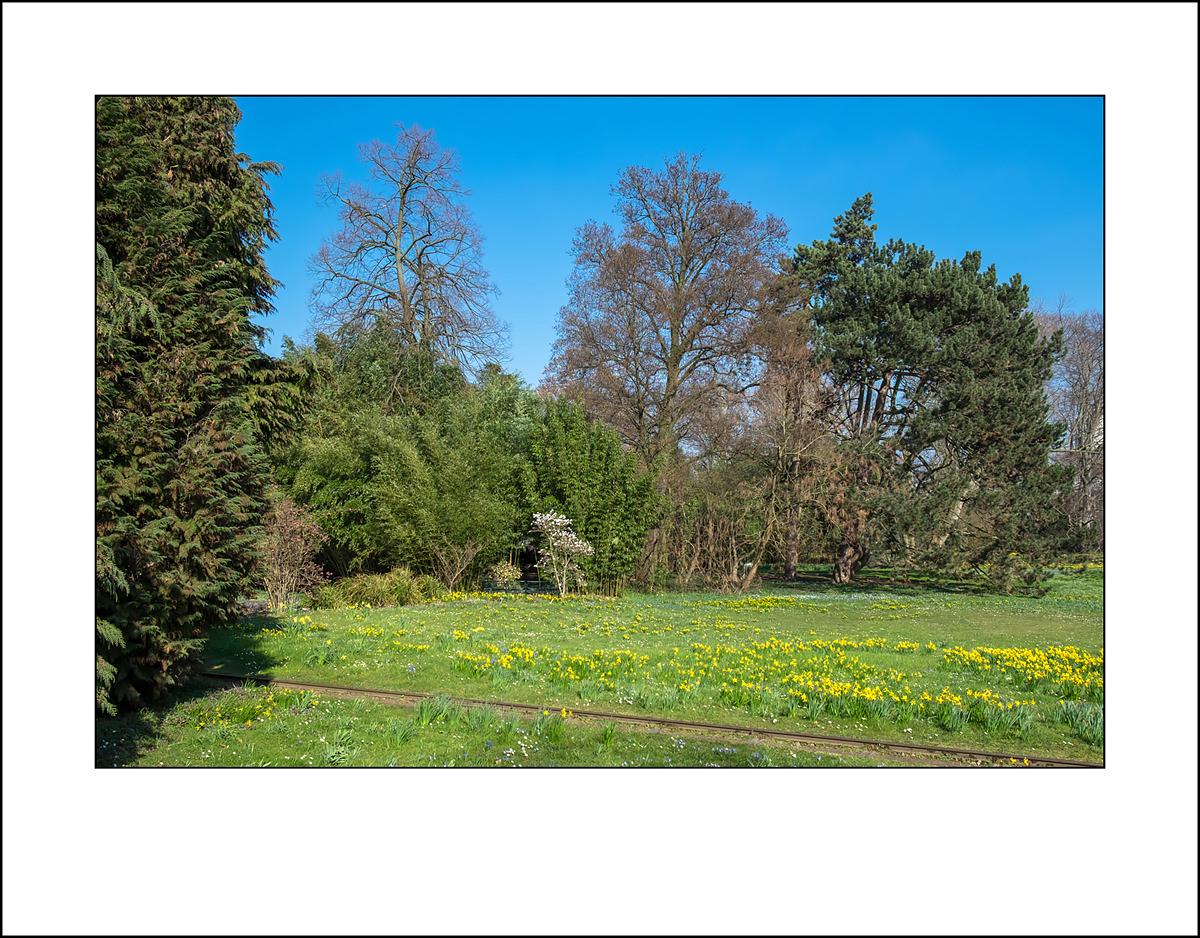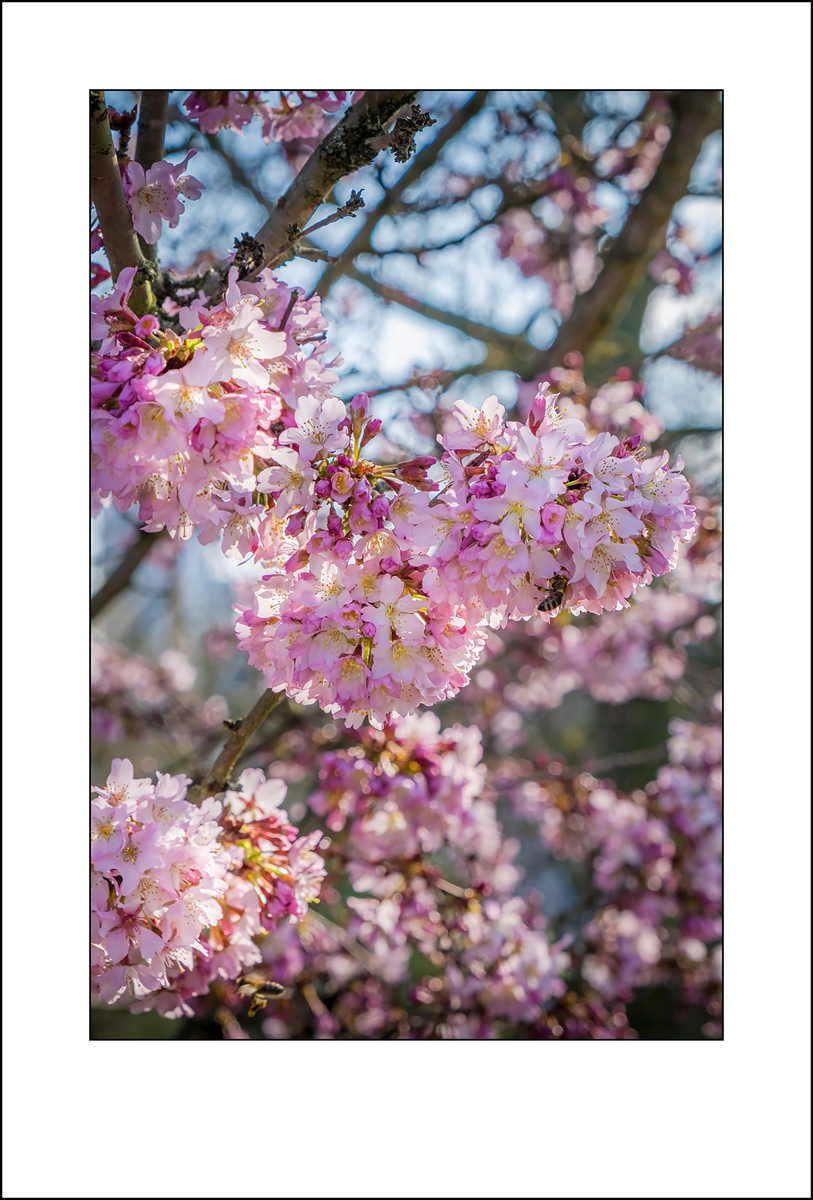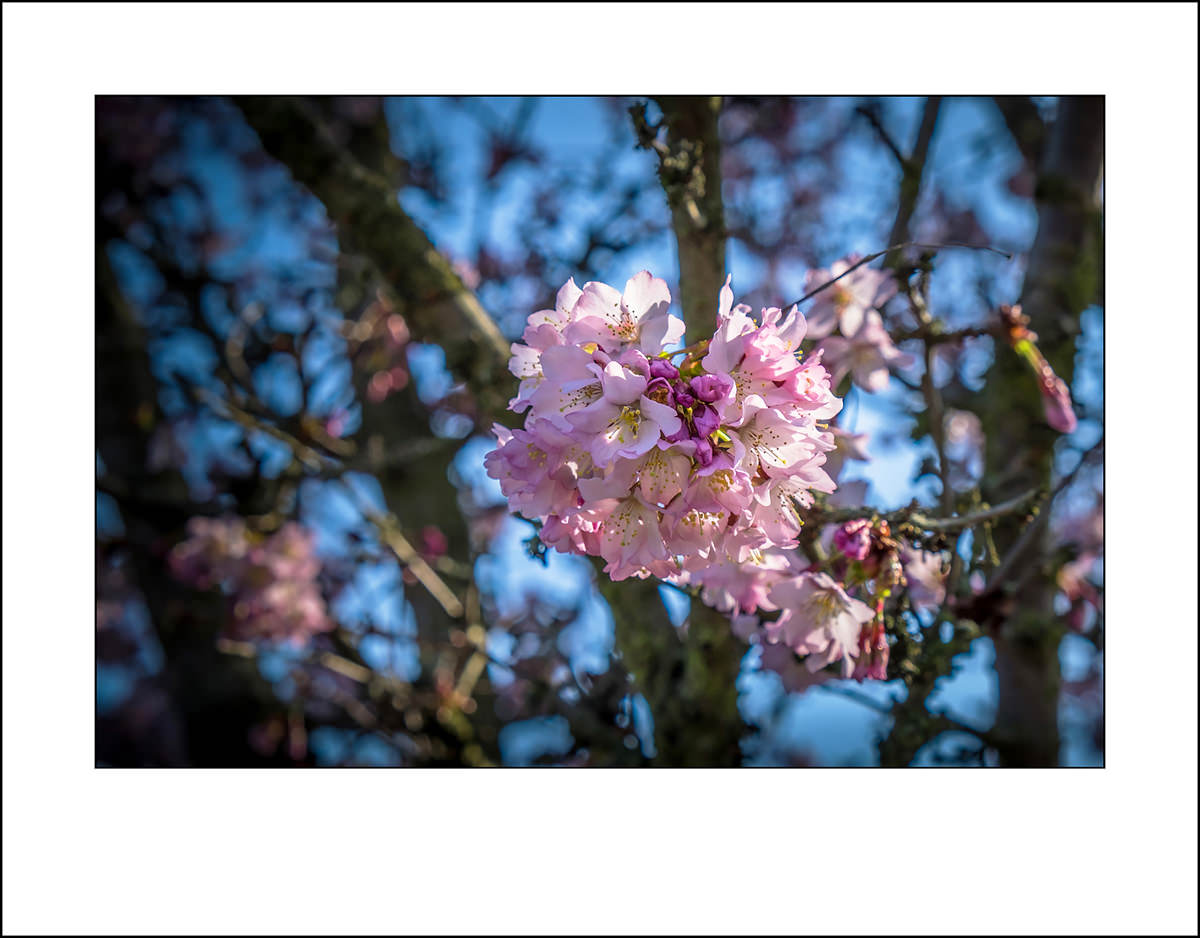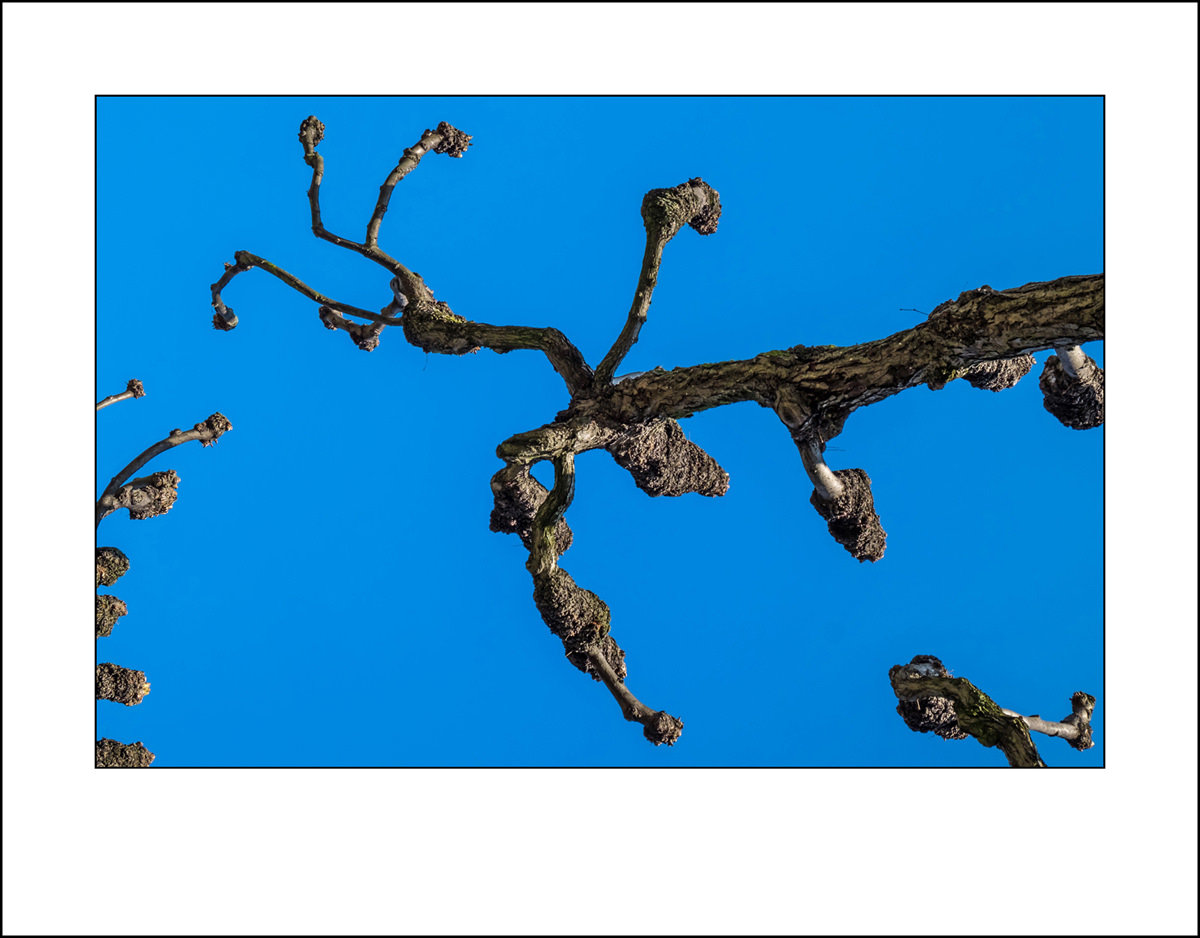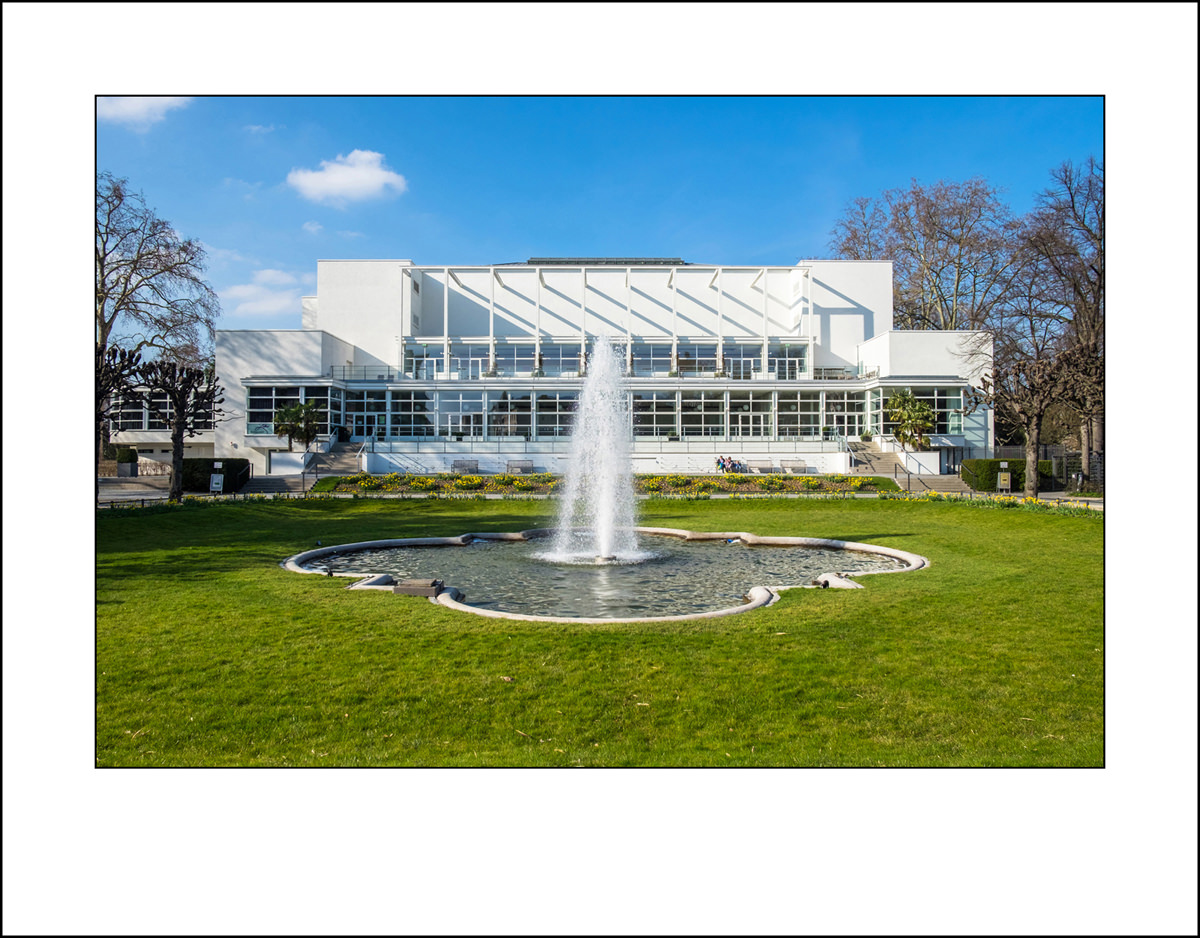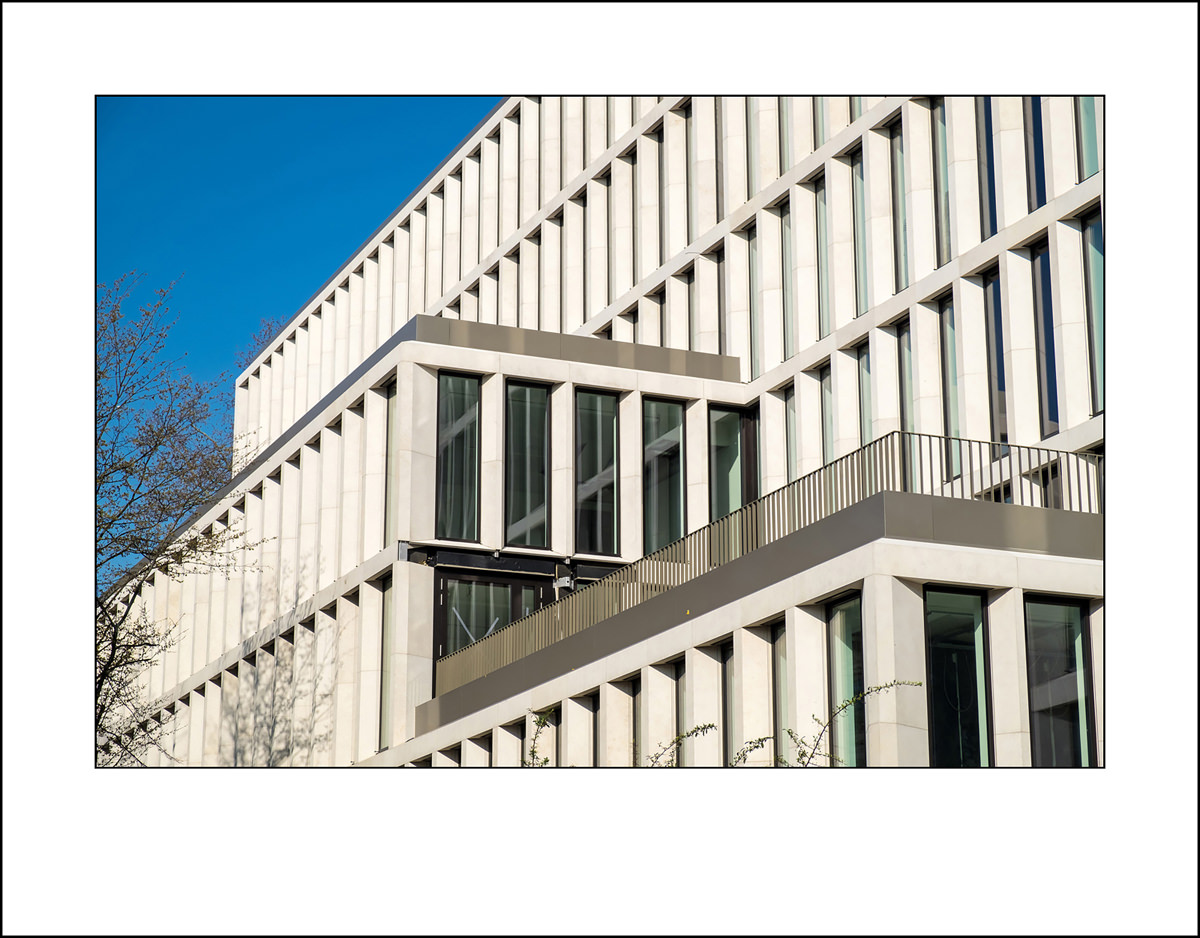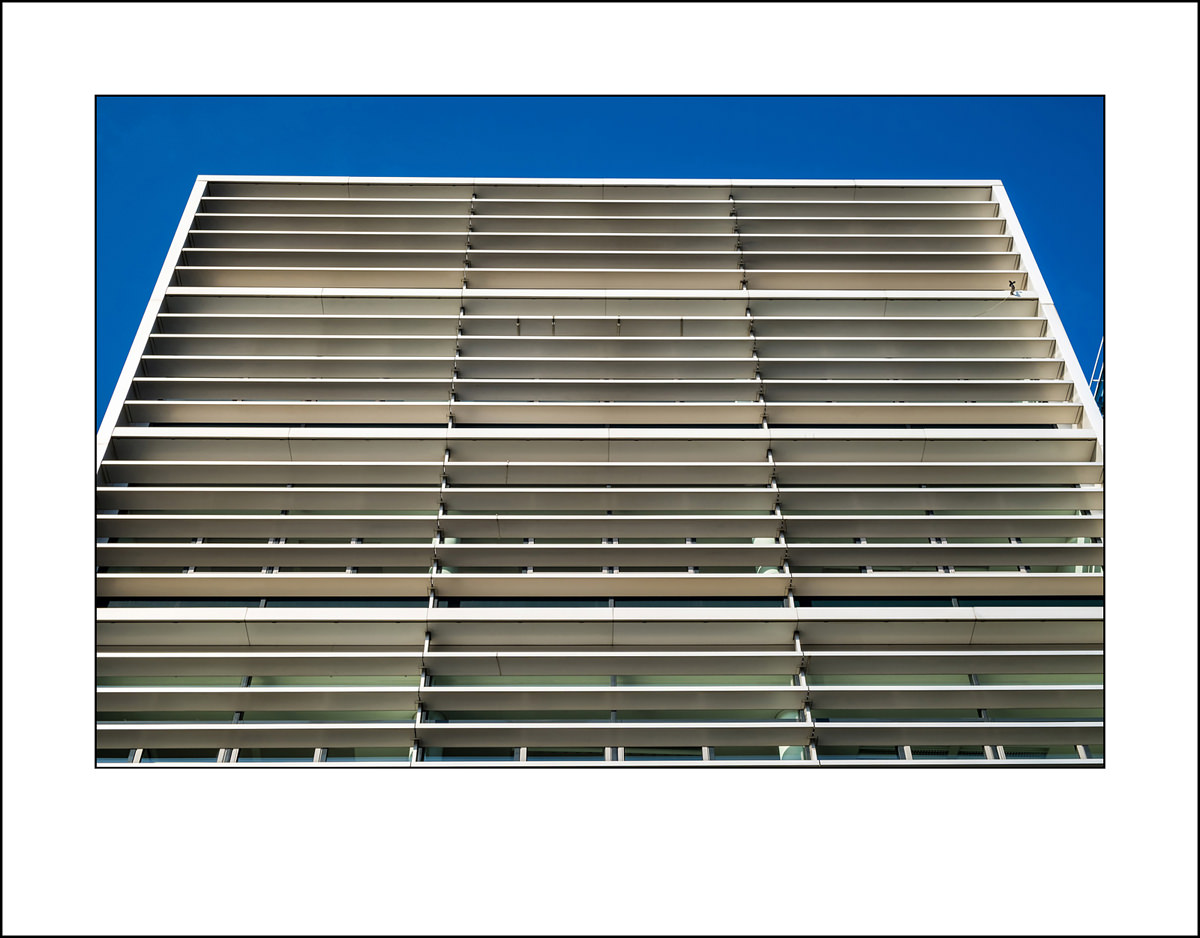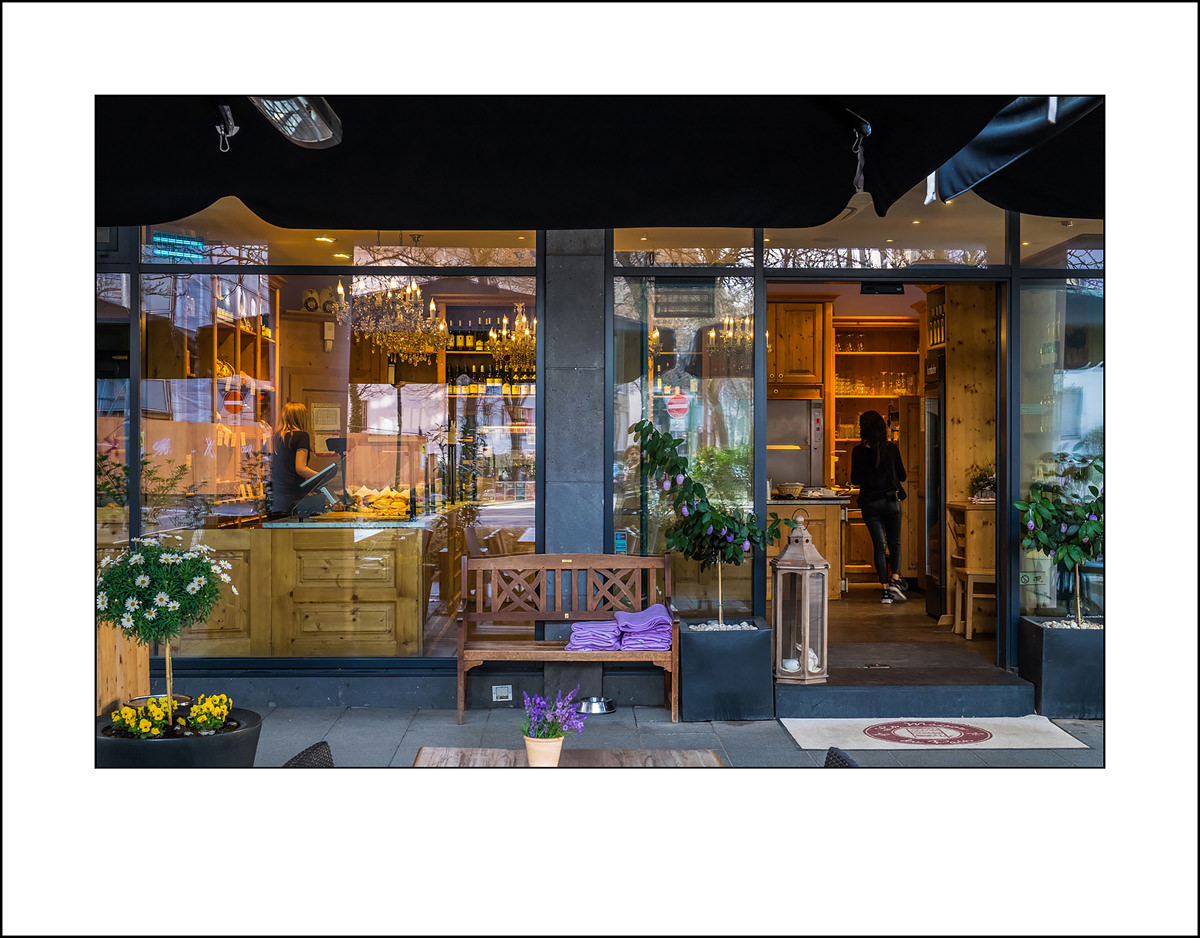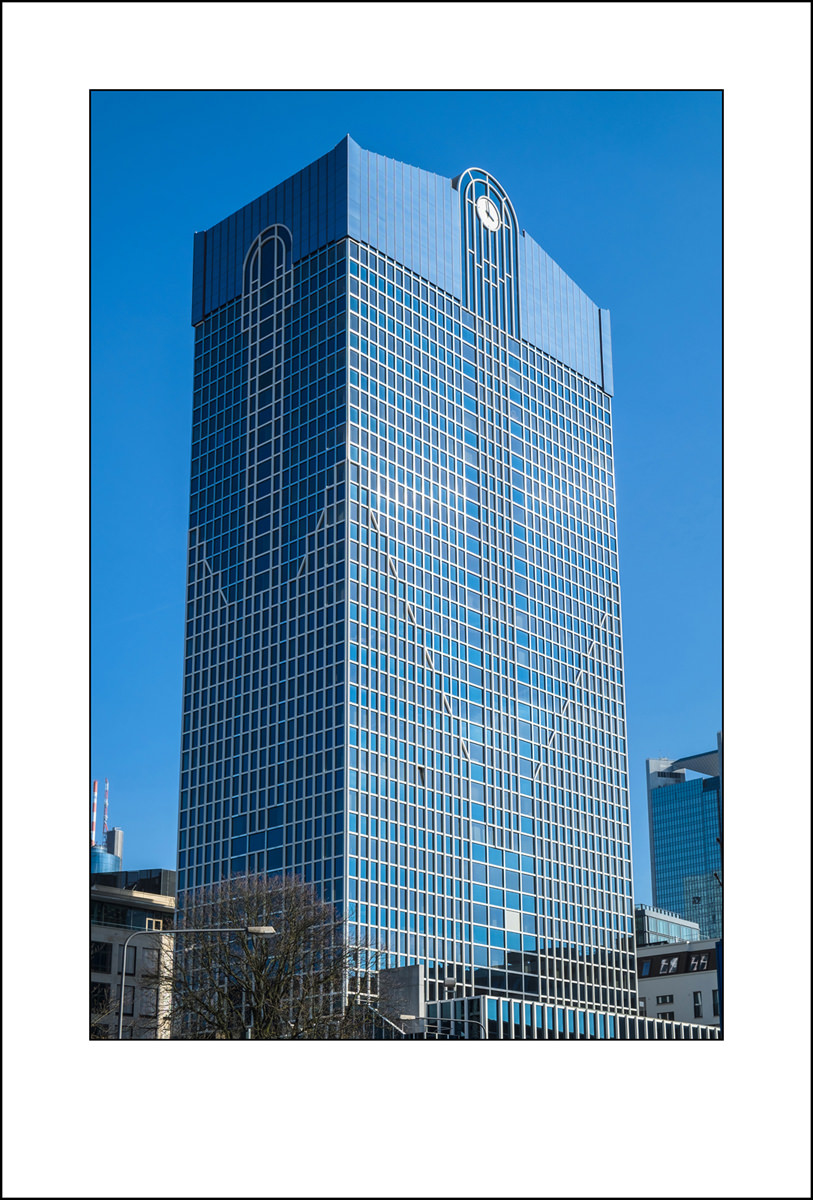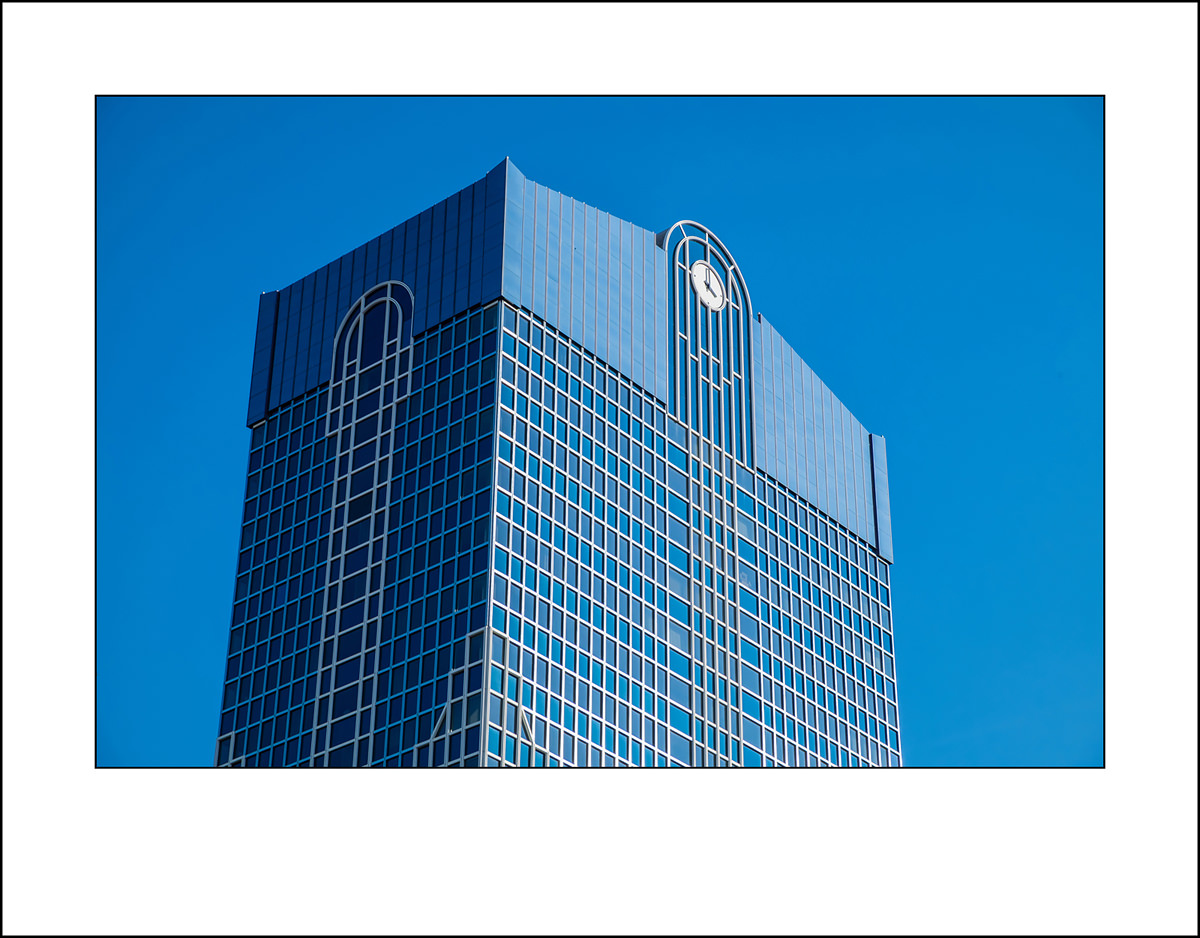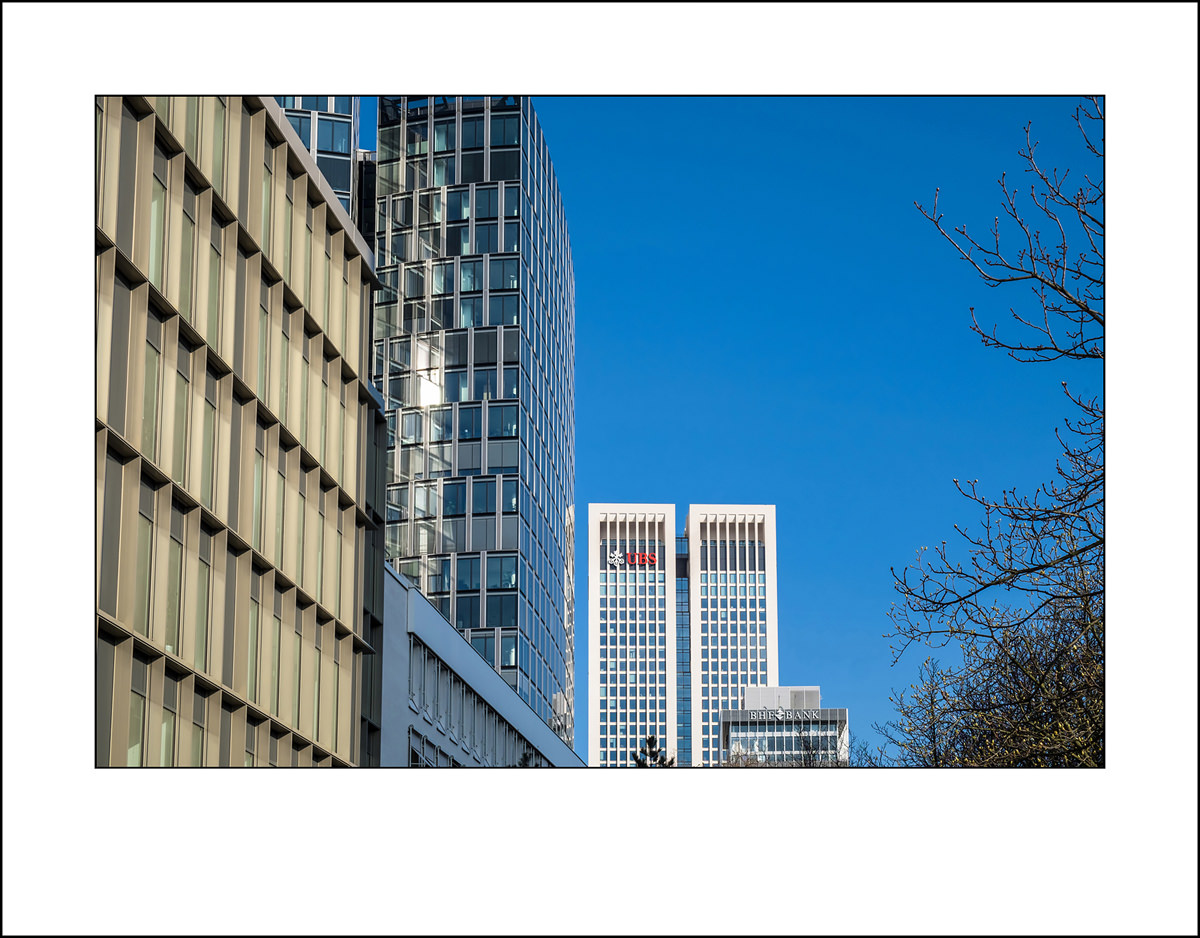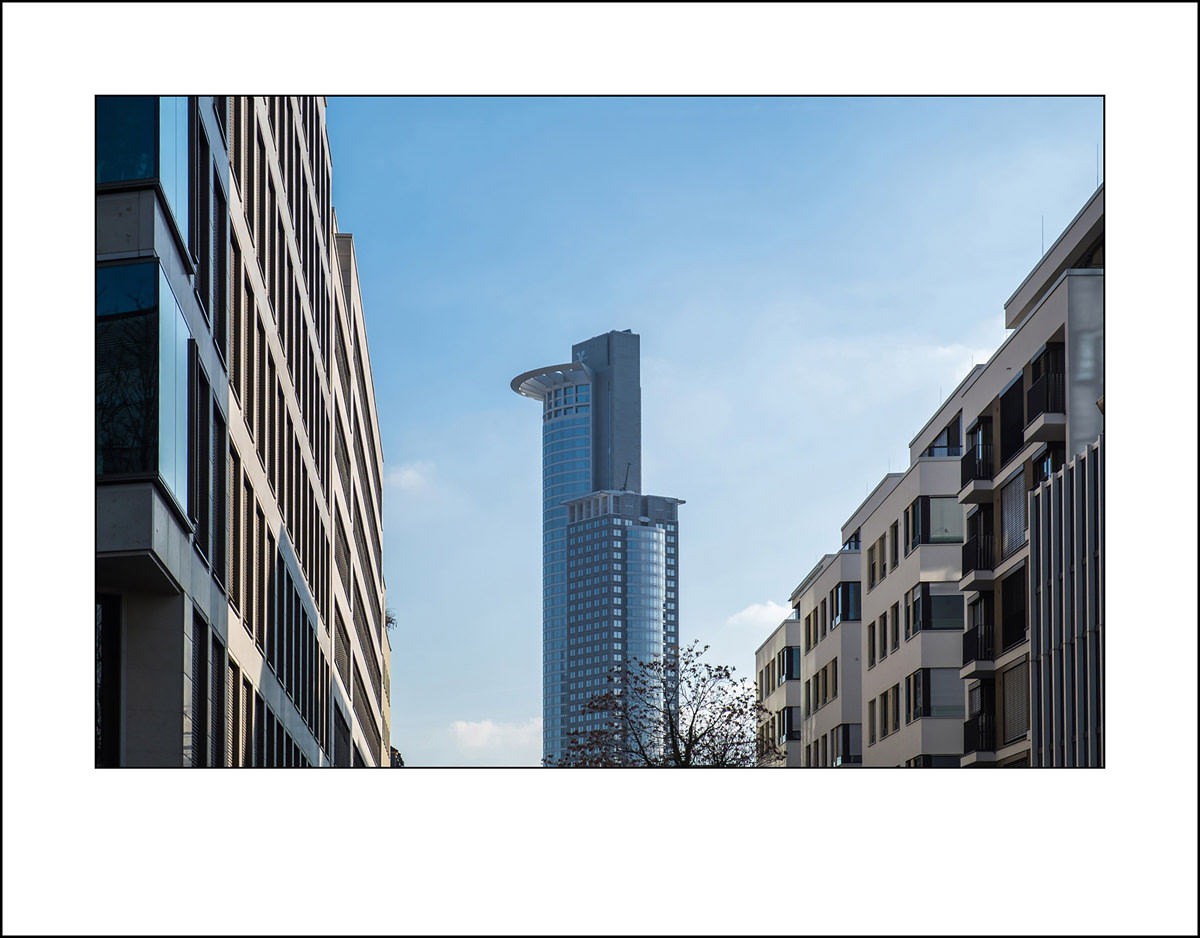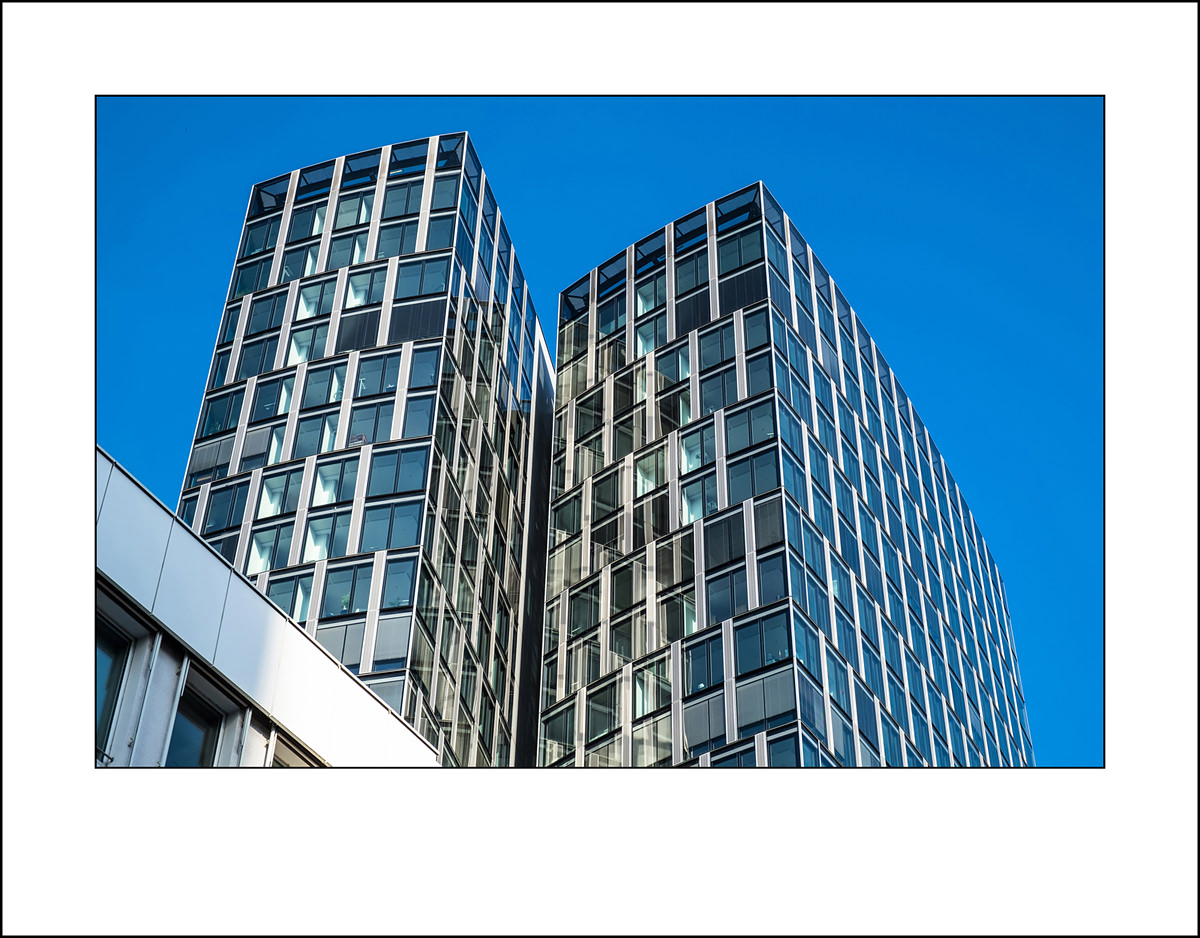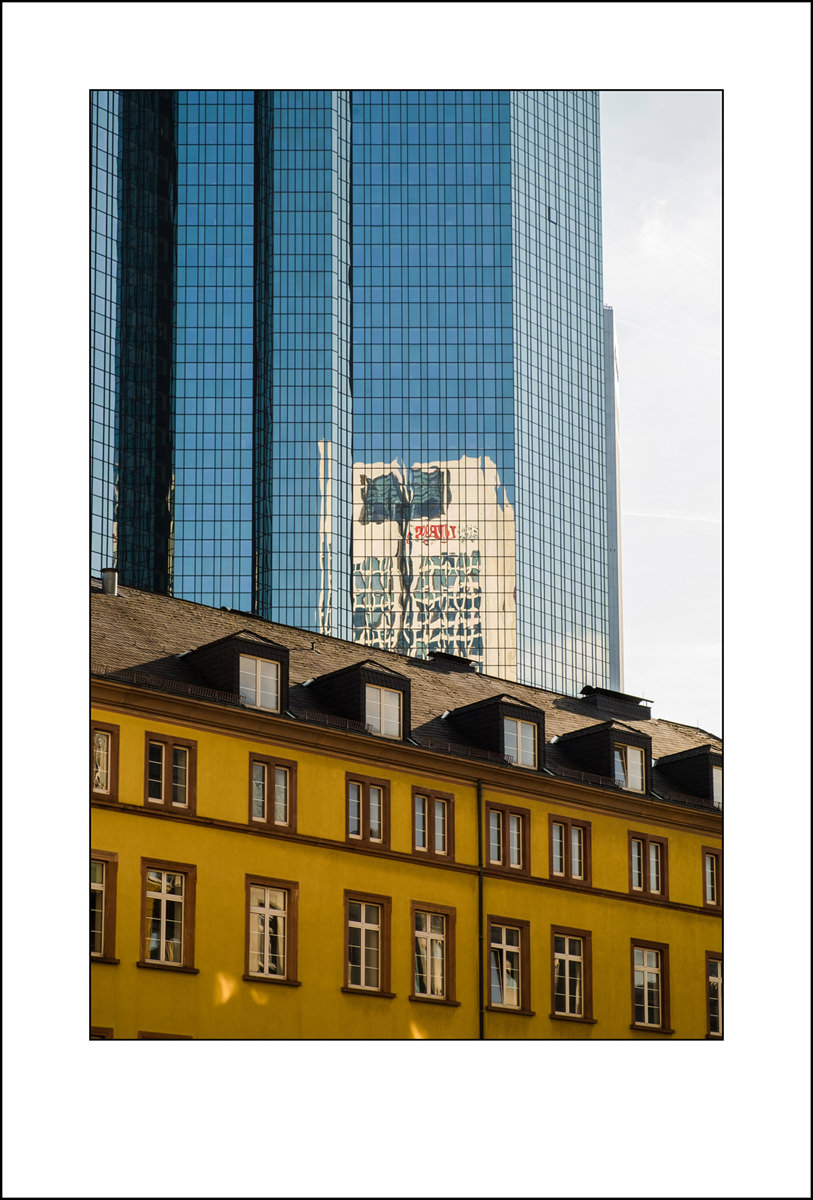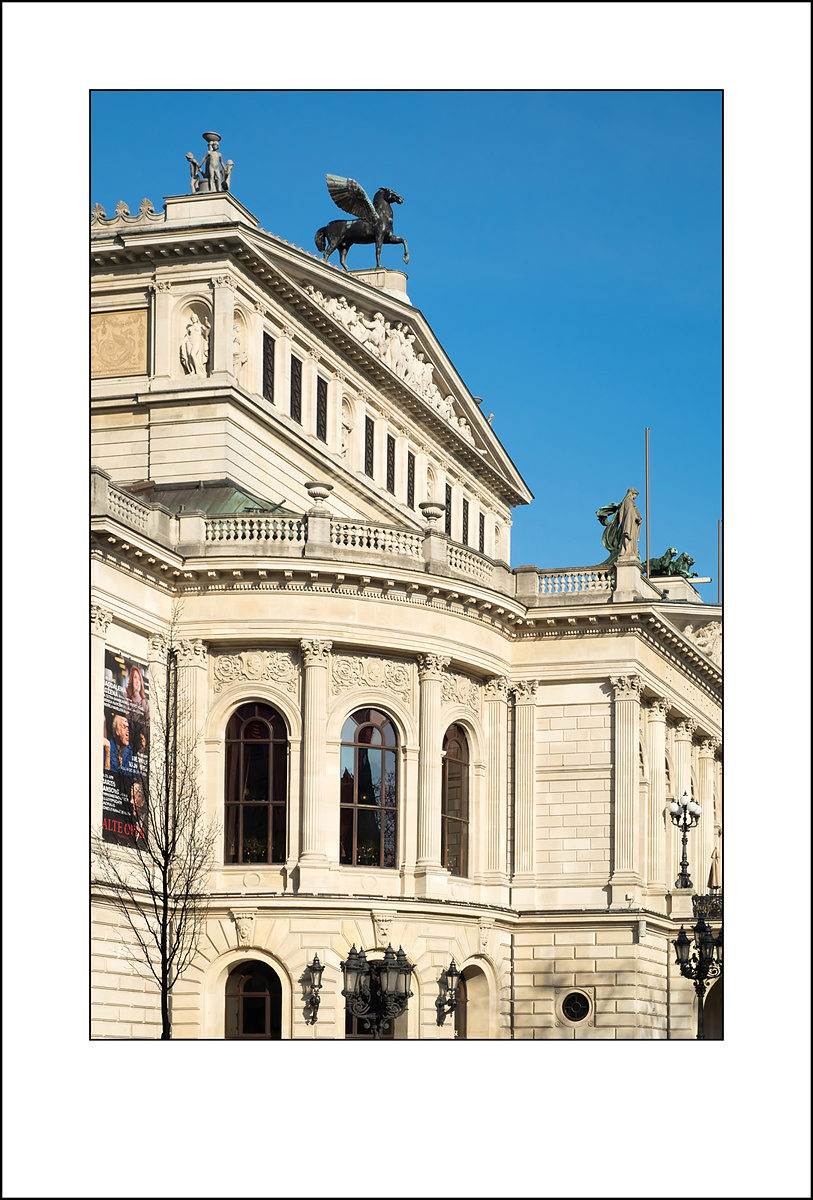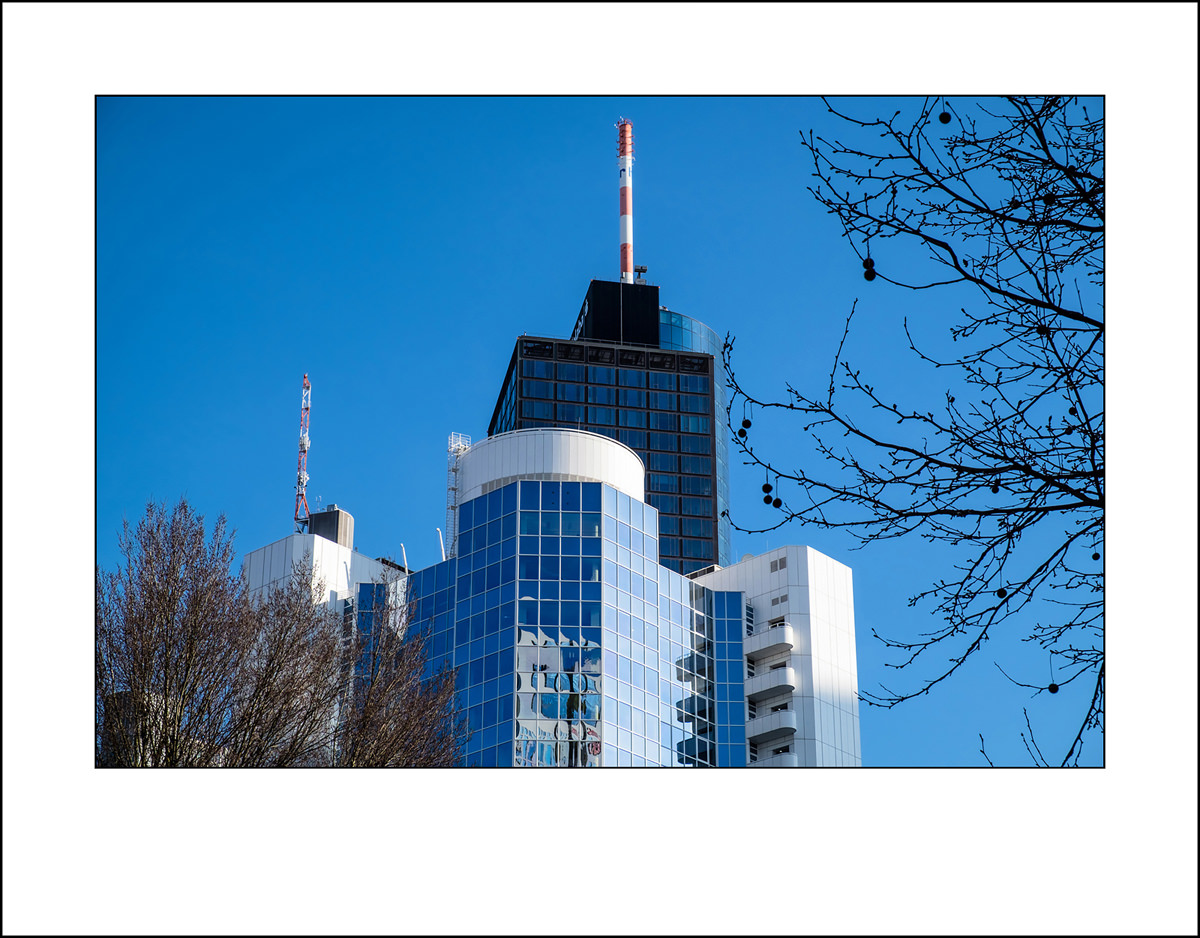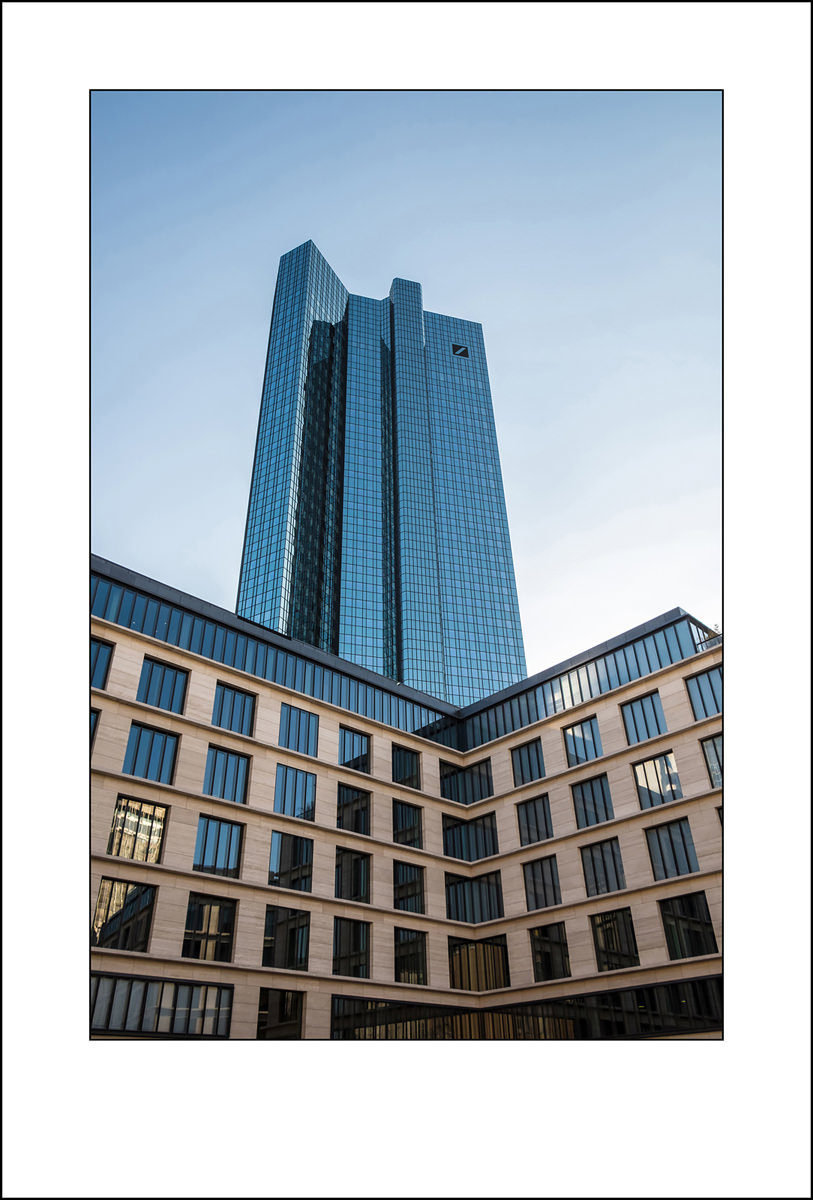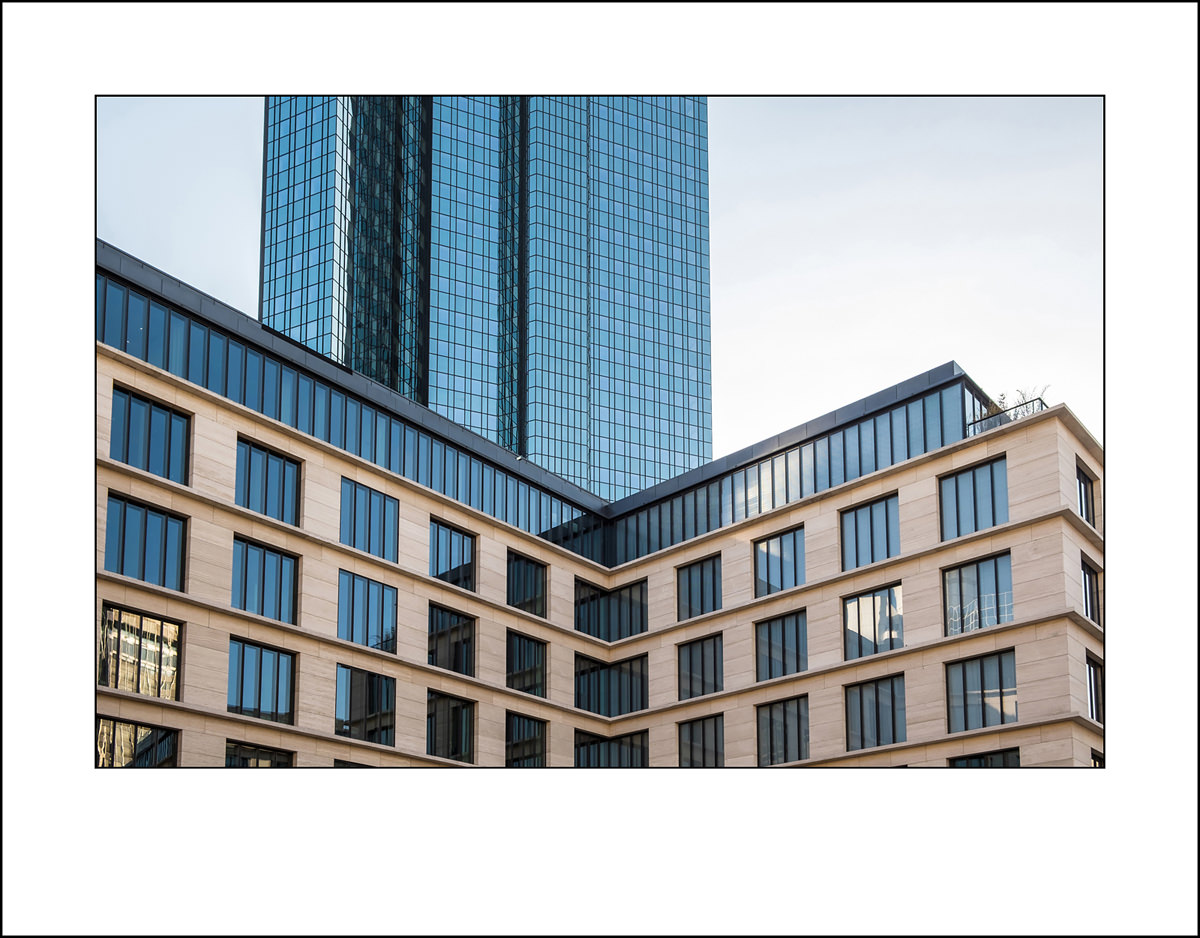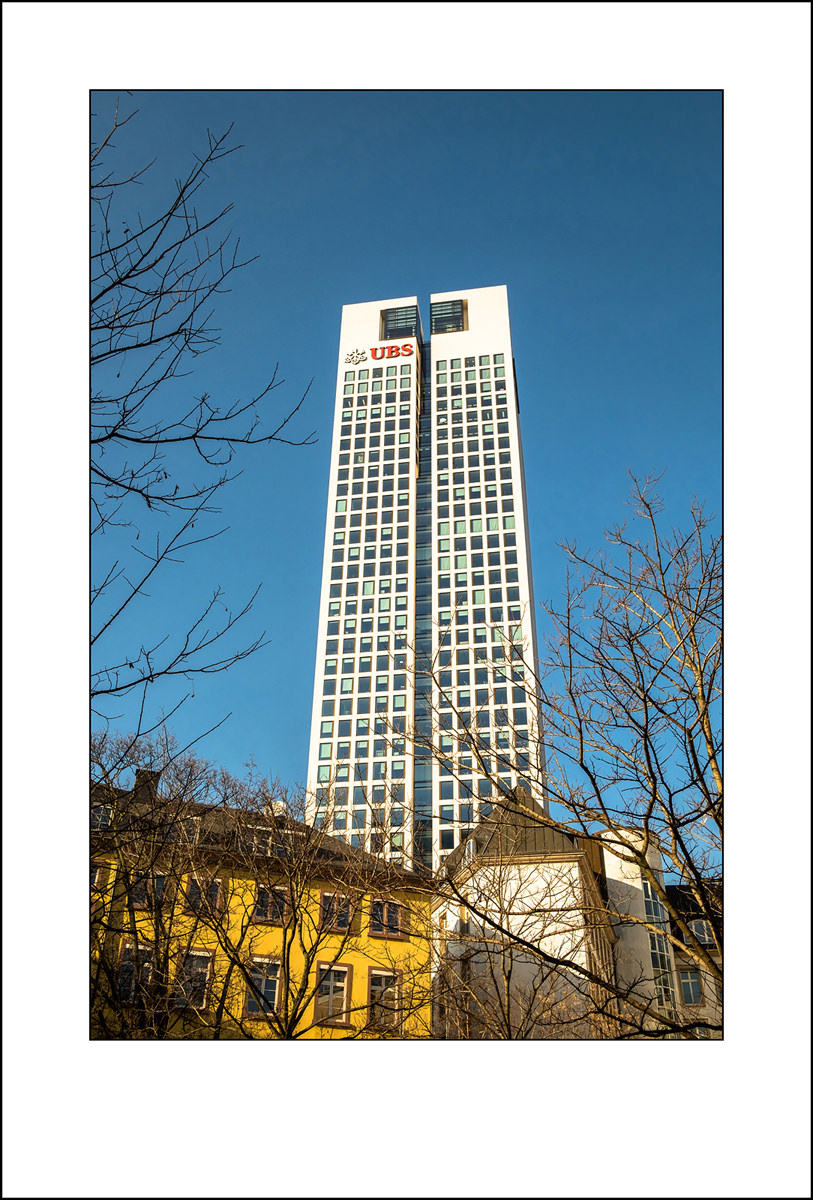Many have called the X-T10 the X-T1’s brother and to be honest I have to agree with that comment. Image quality is the same, as the innards are really the same. There are a few points where the X-T1 has the upper hand over the X-T10 but it’s nothing really major. To me anyway. (E.G. Higher resolution EVF and magnification).
I find the body of the X-T10 to be quite small but if you have small hands, like me, it fits perfectly as is. When I bought the X-T10 I was looking for a backup for my X-T1 but had to have a better AF system. It actually had better AF performance until Fujifilm brought out the firmware upgrade for the X-T1. Now they’re both on par and both focus quite well.
At this point I must confess to a couple of things:
1. Image Quality
I really, really like the image output from the Fuji X series cameras. Clear with lots of micro-contrast although that could be attributed to the lenses. Then again I also like the output from my Olympus cameras, and those more than the output from my Panasonic cameras. And this is when I process all of my raw files through Lightroom. I would say I don’t have a preference between Fuji and Olympus. I think both are just fantastic. Really.
2. AF
I do think that Olympus and Panasonic cameras have the better AF system, even after all the firmware upgrades Fuji have brought out. They have done wonders since the introduction of the X-Pro1 and the X100. This is not to say the Fuji cameras are slow to focus, just that the M43 systems are a tick faster. Just my opinion and you are welcome to disagree with me on this point. I know a lot of people realise that fast AF isn’t everything. I would also agree with that.
When I first went out with the camera one of my dilemmas was choosing which lens to put on it. I knew I wanted a zoom lens and not a prime lens to try out. Because the body is so small and light (380g) it wasn’t such an easy question to answer as I first thought. The 55-200 f3.5-4.8 is nearly double the weight of the camera. The 18-135 f3.5-5.6 weighs in at 490g but looks out of proportion on that small body. It isn’t a fast lens either. In the end I decided on the 18-55 f2.8-4.0 and is classed as a kit lens for the X system.
How did it work out? I must say this is the very best kit lens I’ve ever had the pleasure of using. When I hear kit lens I always think of those horrible Canon 18-55 lenses that they sell with their intro DSLRs. I didn’t expect much in the way of image quality because it’s only a kit lens after all right? Wrong!! It may be classed as a kit lens but it really packs a punch. In the past I’ve been getting the kit lenses and throwing them in the corner because they didn’t amount to much anyway. The Fujinon XF 18-55 f2.8-4.0 OIS is in quite another league altogether. It’s an excellent lens that produces sharp, clear images with loads of micro-contrast. It is just excellent and a must for the X system.
Specs:
Weight: 380g
Size: 65 x 70.4 mm
MFD: 0.3m
F: 2.8 - 4.0 (minimum f22)
Filter: 58mm
The advantages of using this lens for me are a 58mm filter which fits in nicely with a lot of my other lenses. Fast aperture (f2.8-4.0) which allows a lot in the of creative control. Your normal kit lens is in the order of f3.5-5.6 and are of dubious build quality. When handling the Fujinon you feel the quality, which is half of the battle won. If something feels nice in the hand it just makes you want to use it more and the Fujinon 18-55 certainly does that. Another great function of the lens is the built-in OIS system. A real plus in my hands these days. The older I get the more I rely on it when using the camera hand-held. (Yes, everybody gets the that stage at some point). This is certainly a lens that is going to used a lot more in the future I can assure you.
And just to show I’ve not been talking through my hat here, The following images were made with the above combination.




